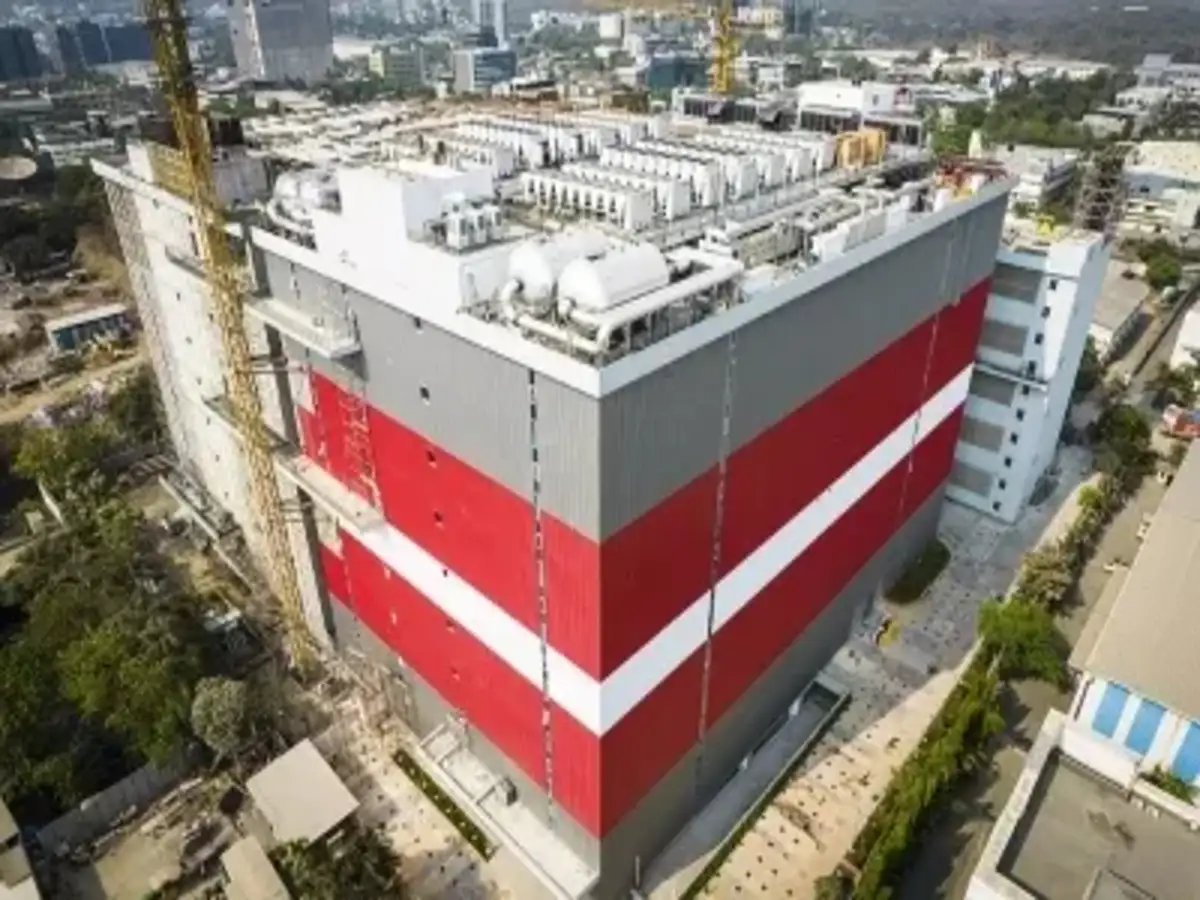Mumbai has firmly established itself as India’s leading city in data-centre infrastructure, with its capacity crossing the 4 gigawatt (GW) mark in the first half of 2025. According to a recent report by Knight Frank, the city now holds approximately 40% of India’s total data-centre capacity.

Key Developments
- Growth Metrics: In H1 2025, Mumbai’s data-centre capacity rose by about 14.3%, including 591 MW already operational, 185 MW under construction, and more than 3.2 GW in the pipeline.
- Vacancy and Pre-leasing: The city’s vacancy rate is down to 5.4%, much lower than the national average of ~12.3%. Significantly, two-thirds of the under-construction space is already pre-leased.
- Hyperscale Projects: Several large-scale projects are underway, including plans for hyperscale-capable campuses. Examples: NTT’s NAV2 project (500 MW) and Blackstone-Panchshil Realty’s 500 MW facility for AI workloads.
Implications
This growth underlines Mumbai’s rising status as South Asia’s digital gateway. Strong subsea cable connectivity, favorable policy support, scalable power infrastructure, and strategic proximity to enterprise hubs are helping Mumbai pull ahead.
For businesses, this means greater availability of high-capacity data infrastructure, which could reduce latency, improve service reliability, and enable more ambitious cloud, AI, and enterprise workloads to be hosted locally. For policymakers, this underscores the importance of regulating power-use, ensuring sustainable design, and incentivizing green data-centre developments.



